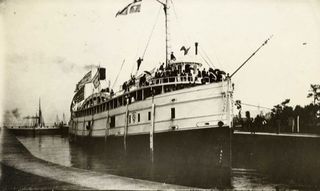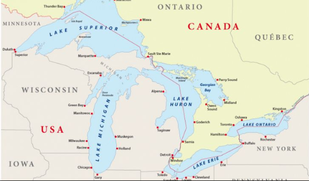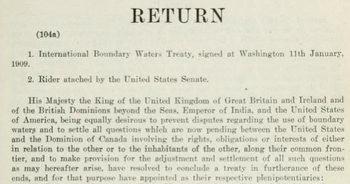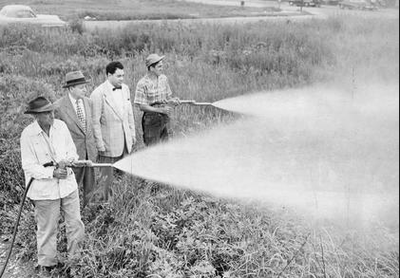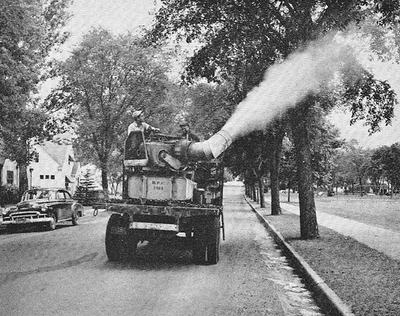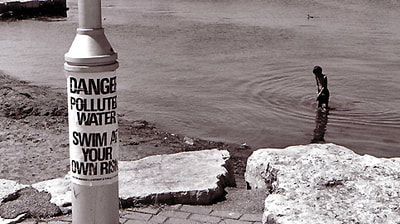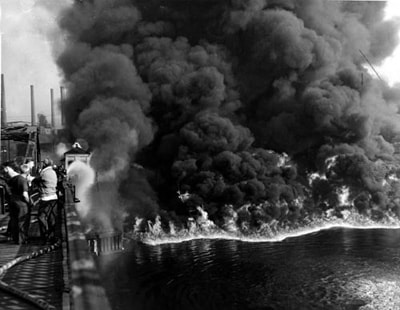|
During the Civil War era, methods of transportation weren't efficient enough to ship raw natural resources. This resulted in a "shipbuilding boom" lasting through the mid to late 19th century. Steamships were cheaply built without concern for environmental impact.
|
"Between 1913 and 1925 showed that nearly 90 percent of all cities by the Great Lakes in the United States dumped their sewage untreated into the Great Lakes"-The Battle of Lake Erie, 1968 |
" ...it was widely assumed that no matter how much trash and chemicals humans dumped into [The Great Lakes], the effects would be negligible." -National Geographic, 2010
|
In the early 20th century, coal powered steamships disposed of untreated coal ash, a pollutant linked to cancer and neurological damage, into the lakes. This pollutant contaminated the Great Lakes and leached into groundwater. Additionally, oil spills endangered sea life in the Great Lakes Basin and posed significant risks to the health of the ecosystem.
Factories dumped pollutants into the Great Lakes and its waterways with limited government oversight, affecting 40 million people around the basin.
|
|
These issues were first addressed with the signing of the Boundary Waters Treaty in 1909. The treaty established the International Joint Commission (IJC) to prevent disputes regarding water issues on the US/Canada border.
|
"The Boundary Water Treaty of 1909 provides the foundation for transboundary United-States-Canadian water management." -The Wayne Law Review, 2008
|
In the 1950s, a new pesticide called DDT (Dichloro diphenyl trichloroethane) became popular, but drastically increased pollution in the Great Lakes. Both Canada and the US used the pesticide and were major contributors to environmental damage. However, neither country prioritized the health of the Great Lakes nor secured funding to improve water quality.
|
“We can demonstrate that DDT did definitely increase in popularity over the course of the fifties and sixties”- Deborah Swackhamer, a University of Minnesota professor of environmental chemistry, 1981
"Throughout human history, water has defined our sense of place. International water law reflects the connections between water and local people, communities, and the environment. " -Noah D. Hall, environmental and water law, 2010
Proudly powered by Weebly
